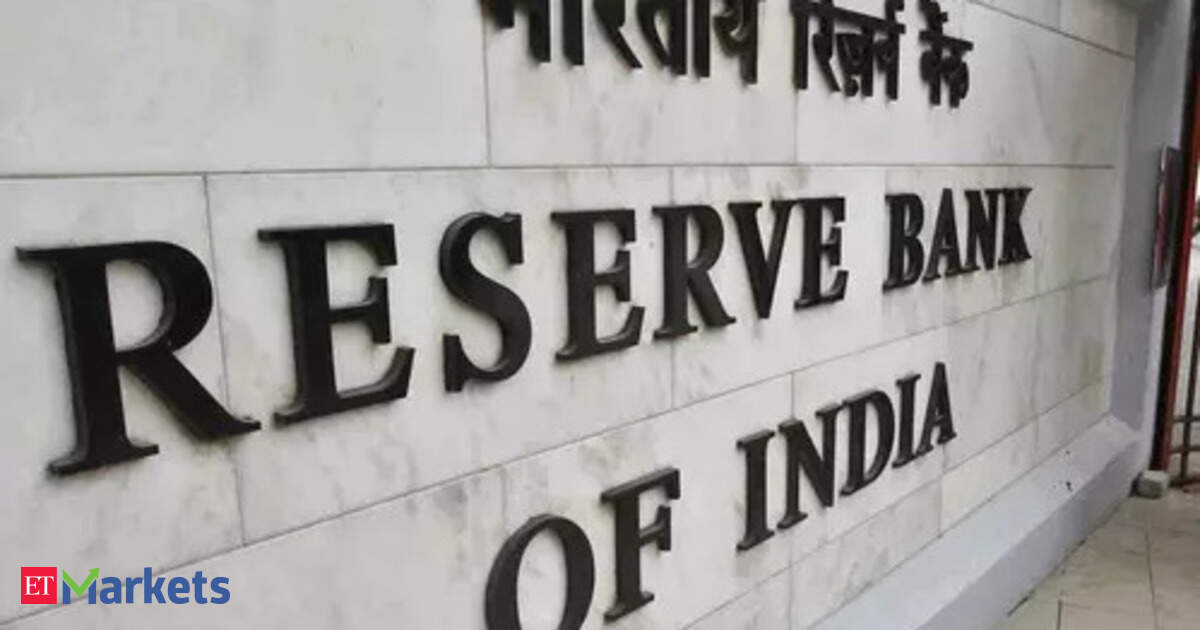This shift would better reflect short-term funding conditions and align India’s framework with global best practices, it said in a report.
While the call money market has seen stagnant volumes of around ₹12,000 crore daily, the secured repo markets have grown substantially. TREPS, for instance, now handles an average volume of ₹3-4 lakh crore in daily transactions. Nomura argues that a secured rate would better represent short-term funding conditions.
It also notes that such a shift would require more active liquidity management by the RBI, especially since mutual funds-major lenders in secured markets-do not have access to the RBI‘s standing facilities.
This note comes at a time when the RBI is reviewing its liquidity management framework, which was rolled out in February 2020.
The RBI’s Monetary Policy Committee sets the policy repo rate, currently at 5.50%, but it is the central bank’s liquidity management team that ensures the operative rate remains aligned with it. Nomura believes that moving to a secured rate would improve the transmission of policy changes to the broader economy.”A shift towards a secured rate would be a more accurate reflection of short-term funding conditions, given wider participation, and should improve policy transmission,” it said in a note.It does not expect RBI to set a fixed quantitative liquidity target, such as ±1% of net demand and time liabilities (NDTL), due to the difficulty in forecasting daily liquidity.








